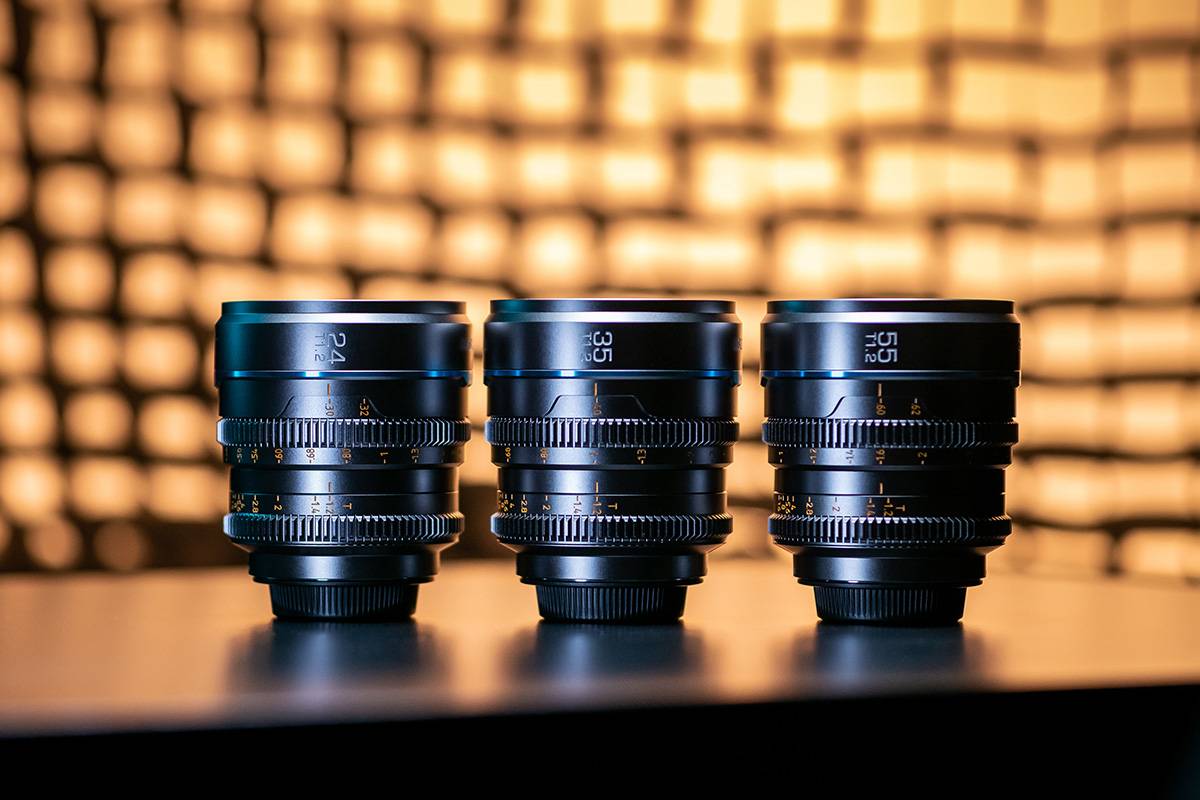The magic of the camera, which turns light into an image, fascinates every photography enthusiast. But how does a camera work to achieve this? This article explains it. If you are interested in photography, this article will help you.
Before a photography enthusiast uses this magic, they should first get to know the magic wand, namely the camera, well. A camera has four basic components: the sensor, the lens, the aperture, and the shutter. In photography, each element plays a unique role. When you understand their functions and cooperation, you get the answer to the question.
1. The Sensor – the "Eye" of the Camera
The sensor is considered the "eye" of the camera, responsible for capturing light and converting it into image data. When using a camera, special attention should be paid to the sensor's ISO.
ISO is the sensitivity of the sensor to light. That means, depending on the ISO value, the sensor reacts differently to light. The higher the ISO value, the more sensitive the sensor is to light; the lower the ISO value, the less sensitive the sensor is.
The more sensitive the sensor is, the more light it captures during photography. Then the photo becomes brighter. The opposite is also true. With a sensor that has a lower ISO value, the photo will be darker.
The ISO value not only affects brightness but also image quality. When the value is high, the photo becomes bright. At the same time, clarity is strongly reduced by disturbing noise.
Therefore, you can increase the ISO value if the image is too dark, but not too much, otherwise the image quality will deteriorate due to too much noise.
2. The Lens – the "Pupil" of the Camera
The lens functions like the pupil. Above all, the lens determines the angle of view. If the focal length of the lens is short, a wide angle of view is produced, while a long focal length allows a narrower field of view.
Therefore, the short focal length lens is quite suitable for landscape photography because it can capture expansive scenes.
3. The Aperture – the "Iris" of the Camera
While the lens is like the pupil, the aperture of the lens functions like the iris. Similar to how the pupil regulates the amount of light entering the eye, the aperture controls the amount of light. More precisely, the size of the lens aperture determines the amount of light, just as the iris controls the light amount by regulating the pupil size. A large aperture opening provides a bright image, and a small aperture opening creates a dark image.
The aperture opening not only affects the amount of light entering the lens but also the depth of field. A large aperture enables excellent low-light performance and beautiful bokeh, while a small aperture makes the background sharp.
SIRUI Night Walker T1.2
With a large aperture of T1.2, the SIRUI Night Walker T1.2 is very suitable for night shots and portrait photography with depth effect. A large aperture can capture more light, which is very helpful for photography in the dark night. Furthermore, it compresses depth and enlarges the background, making the main subject stand out clearly. Additionally, the SIRUI Night Walker T1.2 weighs only 587g, very compact and portable.
4. The Shutter – the "Lid" of the Camera
The shutter functions like a lid. The shutter speed is similar to the speed of blinking an eyelid. When the shutter speed is fast, a moment is captured clearly, just like a quick blink captures a snapshot.
Moreover, the shutter speed affects the amount of light. When the lid blinks slowly, meaning the eye stays open longer, the eye takes in more light. Similarly, a slow shutter speed gathers more light, making the photo brighter.
Conclusion:
Now we understand the components of a camera and solve the question: How does a camera work? Each part has important significance: The sensor captures light, the lens determines the angle of view, the aperture regulates the amount of light, and the shutter controls the exposure time.
In photography, one should make full use of this knowledge. When encountering problems, it is important to respond flexibly and find suitable solutions. Only in this way can one master this magic, namely taking excellent and satisfying photos. For example, if it is too dark, it is a good idea to use a large aperture. At the same time, it is also ideal to slow down the shutter speed.





